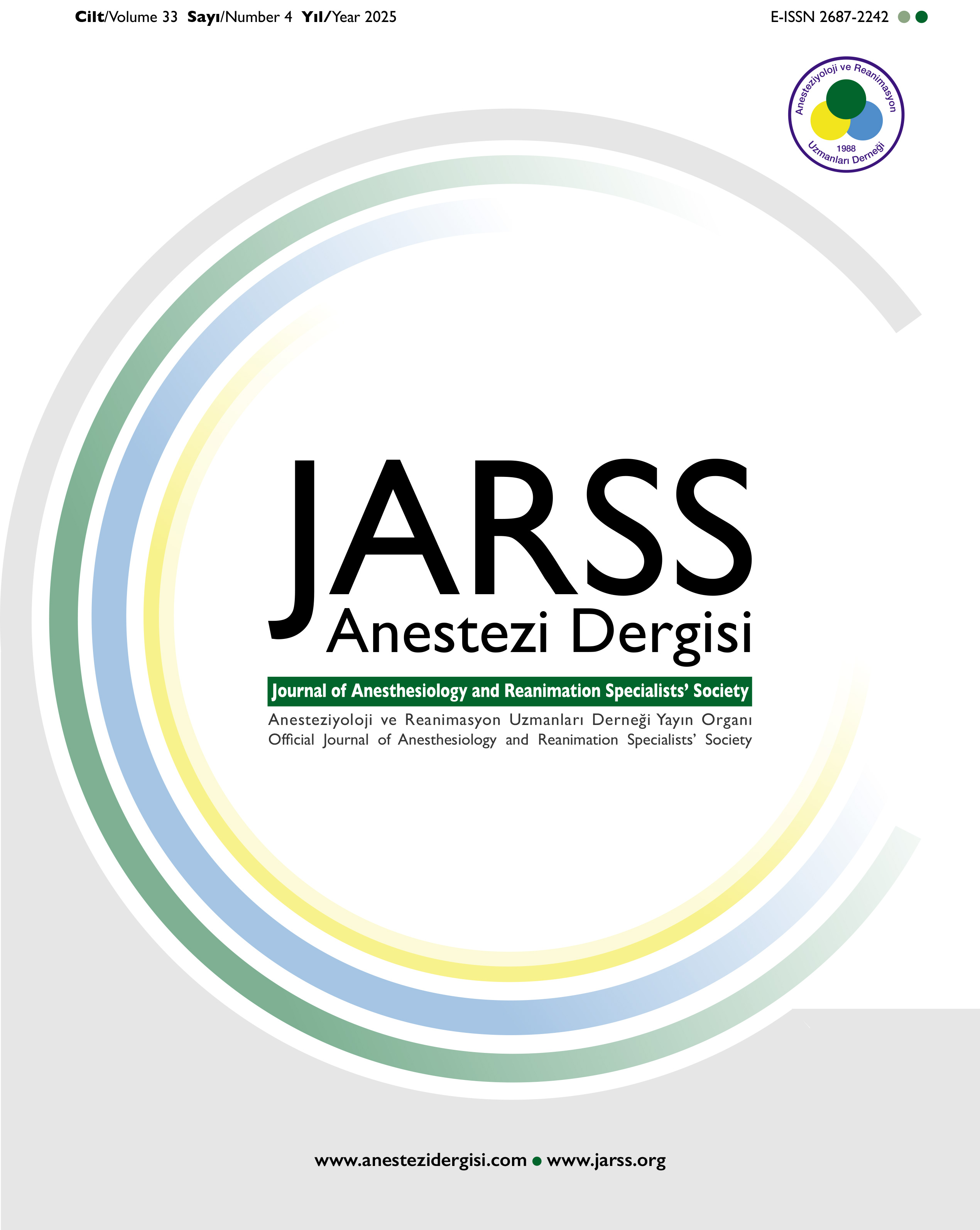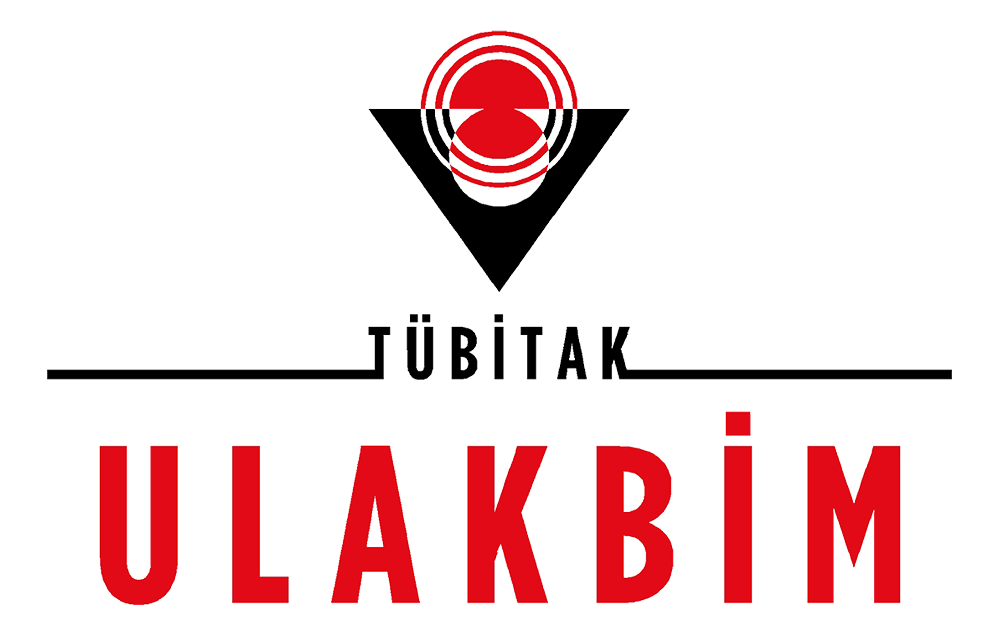Yoğun Bakım Ünitesinde Kateterle İlişkili İdrar Yolu Enfeksiyon Oranlarına Yapılandırmacı Eğitimin Etkisi
Saliha Yarimoglu1, Fatma Sebnem Erdinc2, Cetin Kaymak3, Necla Tulek4, Hulya Basar3, Gunay Tuncer Ertem2, Sami Kinikli21Karamanoğlu Mehmetbey Üniversitesi, Tıp Fakültesi, Enfeksiyon Hastalıkları ve Klinik Mikrobiyoloji Ana Bilim Dalı, Karaman, Türkiye2Ankara Eğitim ve Araştırma Hastanesi, Enfeksiyon Hastalıkları ve Klinik Mikrobiyoloji Kliniği, Ankara, Türkiye
3Ankara Eğitim ve Araştırma Hastanesi, Anesteziyoloji ve Reanimasyon Kliniği, Ankara, Türkiye
4Atılım Üniversitesi Tıp Fakültesi, Enfeksiyon Hastalıkları ve Klinik Mikrobiyoloji Ana Bilim Dalı, Ankara, Türkiye
Amaç: Kateter ilişkili üriner sistem enfeksiyonları (Kİ-ÜSE) sık görülen sağlık hizmetiyle ilişkili enfeksiyonlardır. Yapılandırmacı eğitim, yeni bilginin daha önce öğrenilen bilgiyle bütünleştirilmesi temeline dayanır. Bu çalışma, yapılandırmacı eğitimin Anestezi ve Reanimasyon Yoğun Bakım Üniteleri’nde (ARYBÜ) Kİ-ÜSE hızına olan etkisini değerlendirmeyi amaçlamaktadır.
Yöntem: Çalışmamız, retrospektif olarak tasarlanmış prospektif bir müdahale çalışmasıdır. Bir ay boyunca, ARYBÜ’lerde çalışan 62 sağlık personeli (yedisi doktor, 38’i hemşire ve 17’si temizlik personeli), 4-5 kişilik küçük gruplara ayrıldı ve bu gruplara Kİ-ÜSE’nin önlenmesi konusunda yaklaşık kırkbeş dakika süren yapılandırmacı eğitim verildi. Her üç yoğun bakımın personelleri aynı sayıda eğitim oturumuna katıldı. Çalışmada Kİ-ÜSE hızı ve kateter kullanım oranı eğitimden önceki altı ay ve eğitimden sonraki altı ay süresince karşılaştırıldı. Yapılandırmacı eğitim verildikten altı ay sonra katılımcılara dört sorudan oluşan bir anket uygulandı.
Bulgular: ARYBÜ’lerde Kİ-ÜSE hızı eğitim öncesi ve sonrası sırasıyla bin kateter gün başına ARYBÜ-1’de 8,3 ve 8,7, ARYBÜ-2’de 7,0 ve 8,1 ve ARYBÜ-3’te 7,3 ve 9,9 olarak gözlendi. Her bir ünitede yapılandırmacı eğitim sonrası, öncesi döneme göre Kİ-ÜSE hızında istatistiksel olarak anlamlı bir fark gözlenmedi. Yapılandırmacı eğitim müdahalesi, yoğun bakım ünitelerinde Kİ-ÜSE hızını tek başına azaltmadı. Çalışmaya katılanlara 6 ay sonra yapılan anket sonucuna göre; hemşirelerin %92’si ve temizlik personelinin %88’i yapılandırmacı eğitimin olumlu etkisi olduğunu belirtti.
Sonuç: Yapılandırmacı eğitim müdahalesinin tek başına ARYBÜ’lerdeki Kİ-ÜSE hızını azaltmadığı, ancak YBÜ yardımcı personelleri ve hemşireleri arasındaki farkındalığı artırdığı görüldü.
The Effect of Constructivist Training on the Rate of Catheter-Associated Urinary Tract Infections in the Intensive Care Unit
Saliha Yarimoglu1, Fatma Sebnem Erdinc2, Cetin Kaymak3, Necla Tulek4, Hulya Basar3, Gunay Tuncer Ertem2, Sami Kinikli21Karamanoglu Mehmetbey University, Faculty of Medicine, Department of Infectious Diseases and Clinical Microbiology, Karaman, Türkiye2Ankara Training and Research Hospital, Clinic of Infectious Diseases and Clinical Microbiology, Ankara, Türkiye
3Ankara Training and Research Hospital, Clinic of Anesthesiology and Reanimation, Ankara, Türkiye
4Atılım University, Faculty of Medicine, Department of Infectious Diseases and Clinical Microbiology, Ankara, Türkiye
Objective: Catheter-associated urinary tract infections (CA-UTIs) are common healthcare-associated infections. Constructivist training is based on integrating new knowledge with previously learned knowledge. The aim of this study was to evaluate the effects of constructivist training on the rate of CA-UTIs in the Anesthesia and Reanimation Intensive Care Units (ARICU).
Methods: This study was a retrospective-prospective intervention study. Over the period of one month, a total of 62 healthcare staff (seven doctors, 38 nurses, and 17 cleaning staff) working in ARICUs were organized into groups of 4-5 people and received forty-five minutes of constructivist training on preventing CA-UTI. Personnel from each of three ICUs participated in the same number of training sessions. Comparisons were made of the rates of CA-UTI and catheter use in the six-month periods before and after the training. A 4-item questionnaire was administered to the study participants six months after completion of the training.
Results: The catheter-associated urinary tract infection rates before and after training were observed to be 8.3 and 8.7 per 1000 catheter days, respectively in ARICU-1, 7.0 and 8.1 per 1000 catheter days in ARICU-2, and 7.3 and 9.9 per 1000 catheter days in ARICU-3. No statistically significant difference was observed in the CA-UTI rate in each unit after constructivist training compared to the pre-training period. The intervention of constructivist training alone did not reduce the CA-UTI rates in the ICUs. According to the results of the survey conducted six months later, 92% of the nurses and 88% of the cleaning staff stated that constructivist training had positive effects.
Conclusion: The intervention of constructivisit training alone did not reduce the rates of CA-UTIs in the ARICUs, but an increase was observed in the awareness of ICU nurses and cleaning staff.
Makale Dili: İngilizce
(235 kere indirildi)












